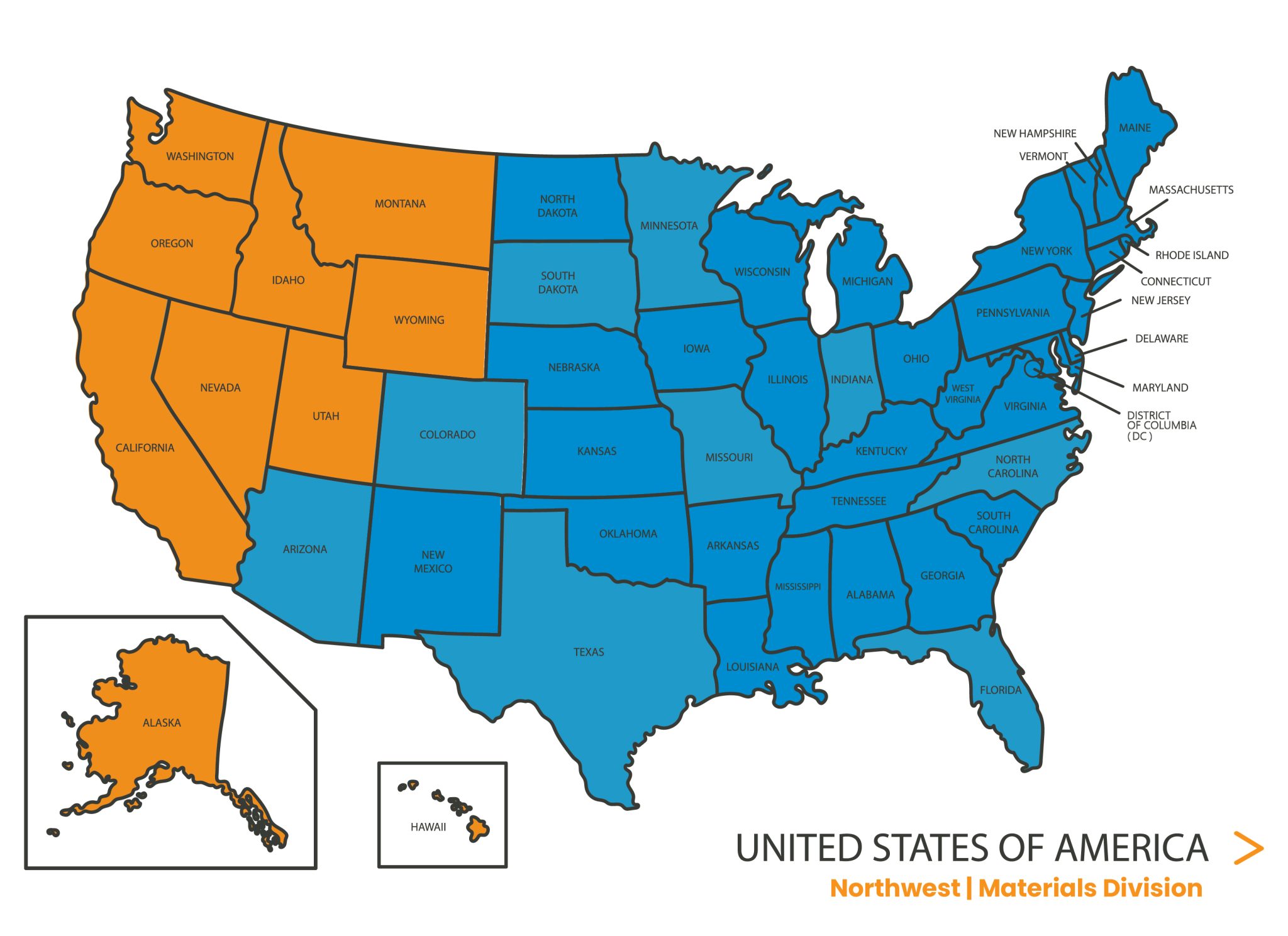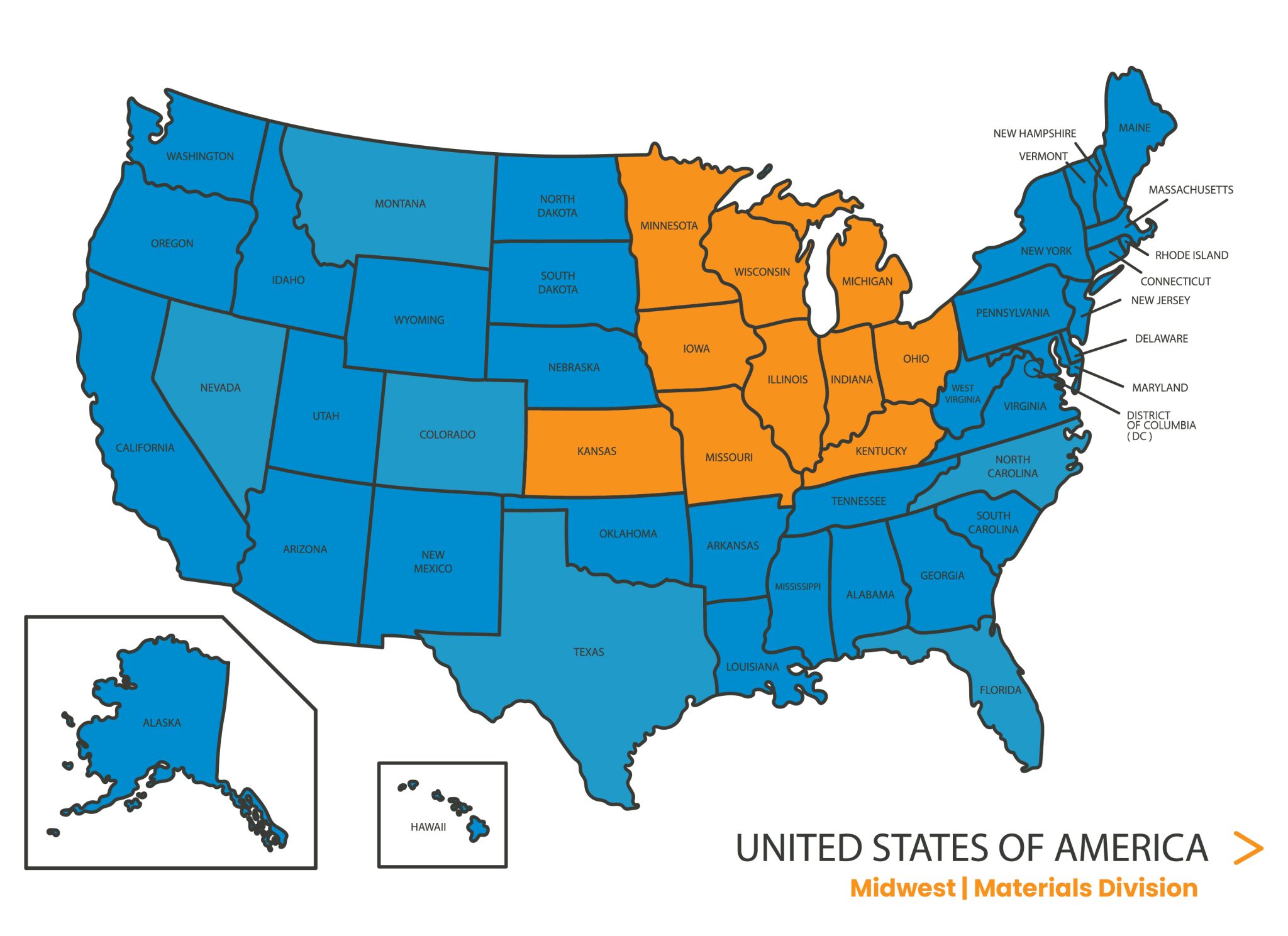
Implementing Safe Practices for Pedestrians and Cyclists at School
College campuses are unique communities inside their specific regional areas. Many campuses are zones of dense activity, especially when considering the amount of active pedestrians. Most colleges enforce strict rules that prohibit underclassmen from having cars. This leaves bicycling, public transport, and walking as their most viable methods of getting to classrooms, dormitories, research labs, recreational facilities, evening pursuits, and into the local communities surrounding their schools. Alternative forms of transportation become even more crucial when you consider that most students are short on cash, along with the limited parking options offered by most universities.
Although most campuses have physical layouts and social environments that encourage walking and bicycling, for many this isn’t an option. As the costs of college continues to rise, an increasing number of students are choosing to commute to school to save money. Consequently, campuses are surrounded and intersected by major roads overloaded with traffic. As a result, this hectic environment poses safety risks to all road users, and to pedestrians in particular. Due to the injury risk imposed on pedestrians and cyclists, it is especially important to design roadways with safety features and enforcement programs geared towards protecting them. Improving pedestrian and cyclist safety on campuses requires careful planning from the universities in coordination with their surrounding community. For us at Transpo, pedestrian safety is the name of the game. To do our part in helping to keep college campuses safe, we’ve created this short guide that can be used by department of transportation planners, civil engineers, safety designers, facilities and maintenance personnel, and students at universities and the surrounding communities to improve pedestrian and bicycle safety in their communities.
The Issue: Crosswalk Accidents Are Occurring on College Campuses
While all-encompassing national statistics on college campus accidents are hard find due to the massive discrepancies between regions, many universities have published case studies citing their campuses’ specific safety issues. In a study done by John Hopkins University, a total of 59 crashes were reported to campus security over the past few years. Of those 59 crashes, 12% of them involved a pedestrian getting injured. The accidents involving pedestrians occurred primarily between the time frame of noon to 4 p.m. and 6 p.m. to midnight. The University conducted further analysis of their roads and rated them on a preliminary safety scale. They found 25 streets around the campus were “fair” or “poor” in regard to pedestrian safety. It seemed that the main issue was thelack of synchronization of the “walk” signal and traffic lights. In another investigation, The Arkansas Traveler reported that 33 pedestrians had been struck by cars on The University of Arkansas’ campus over the course of the last five years. While many will try to blame “jay walking” as the leading cause of these incidents, in actuality, over 25% of these accidents occurred while the pedestrian was entirely within the designated crosswalk. These are just examples from two universities, but this problem is not isolated. With over 4,700 degree-granting post-secondary schools within the United States, you can imagine if these statistics were scaled to the national level, how truly shocking they would be. These findings indicate that more can be accomplished to keep the roads safe on campuses for everyone.
Pedestrian Tips: How to Navigate Campus Safety
- Always cross streets at marked crosswalks and observe every relevant traffic signal for a particular intersection.
- Yield to both motor vehicles and bicyclists when you are not in a crosswalk.
- Don’t jump out in front of drivers—even in crosswalks—and make eye contact with them when getting ready to cross the street.
- Stay to the right on shared pathways and avoid walking in “bike only” lanes.
- When navigating roads without sidewalks, keep yourself facing traffic and never turn your back to oncoming vehicles.
- Be alert, seen, and smart. Avoid cell phone use when walking in congested areas or crossing busy streets. If you’re going out at night, wear bright colors and walk in well-lit areas when possible.
- Avoid drugs or alcohol, which can impair your vision and ability to walk safely.
How Campuses and Communities Can Increase Pedestrian Safety
- Implement vibrant, highly visible pavement markings.
- Schools and colleges have been looking for a long-term solution to pavement markings. A great option is Transpo’s Color-Safe® MMA marking material. These vibrant pavement marking materials create highly visible bike and bus lanes, crosswalks, and even unique university road messaging. (Think logos and school mascots, or color-coordinated items to represent your school’s colors!) The greater the visibility of these assets, the safer campuses become. Additionally, due to their high durability and color stability, MMA road markings cost less in maintenance and material costs over the extended lifecycle of the markings.
- Create parking restrictions.
- Allowing cars to park close to intersections and crosswalks severely hampers visibility for both pedestrians and motorists. The Manual of Traffic Control Devices requires at least 20 feet of space between crosswalks and specified parking areas. Despite this suggestion, it’s encouraged to leave even more space to improve sight distance for all parties.
- Use in-street signs.
- Great for two-lane lower speed areas, in-street signs make crosswalks stand out more and subsequently increase driver yielding. In-street signs are best placed in the crosswalk itself or on the median without altering the pedestrians’ flow of traffic.
- Enforce advance stop or yield lines.
- An advance stop or yield line is placed 20 to 50 feet ahead of a crosswalk instead of the traditionally closer markings. It’s a simple and effective way to increase pedestrian safety because it provides a larger buffer zone for drivers to spot pedestrians and stop in time, preventing harm.
- Employ crossing guards in high-visibility safety apparel.
- In high-traffic areas, a crossing guard can be a great way to enhance safety for pedestrians. Make sure these personnel are equipped with high-visibility clothing to alert motorists and ensure proper assistance of pedestrians across busy road junctions.
If you are active in your campus community, or are an official for your local university and want to learn more about how Transpo has helped municipalities and organizations create safer bike and pedestrian lanes with our proprietary, vibrantly colored Color-Safe® pavement markings, take a look at our portfolio to get a closer look at what your community might look like with safer bike and pedestrian lanes!















